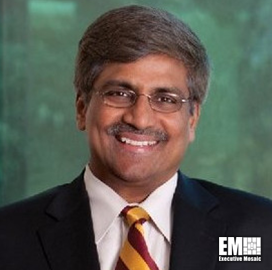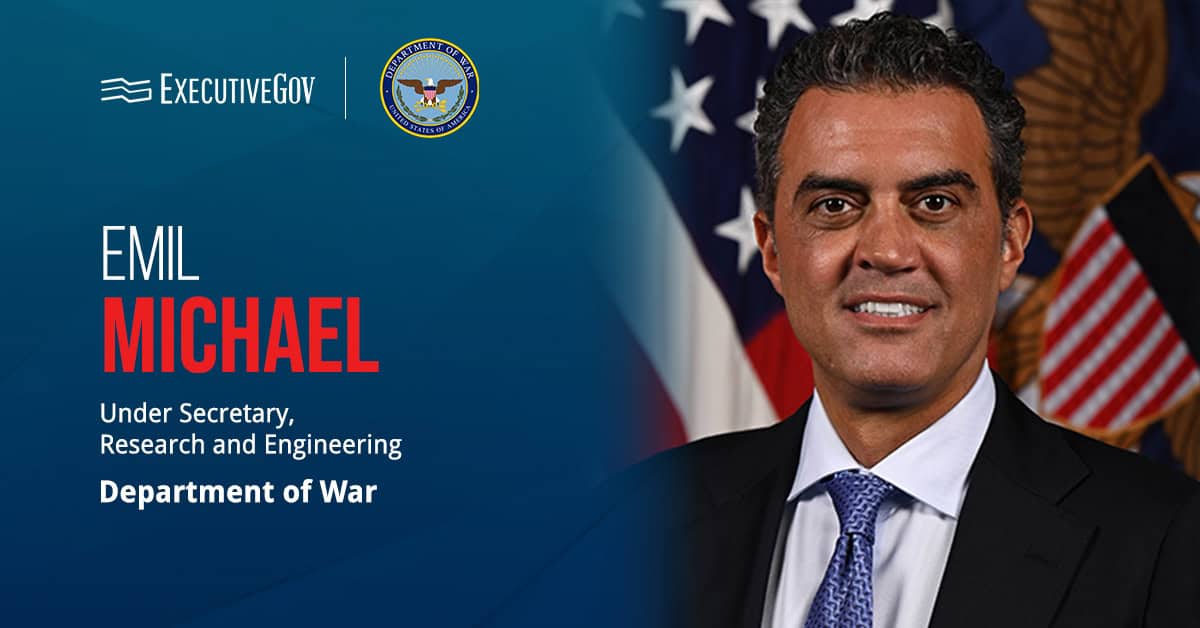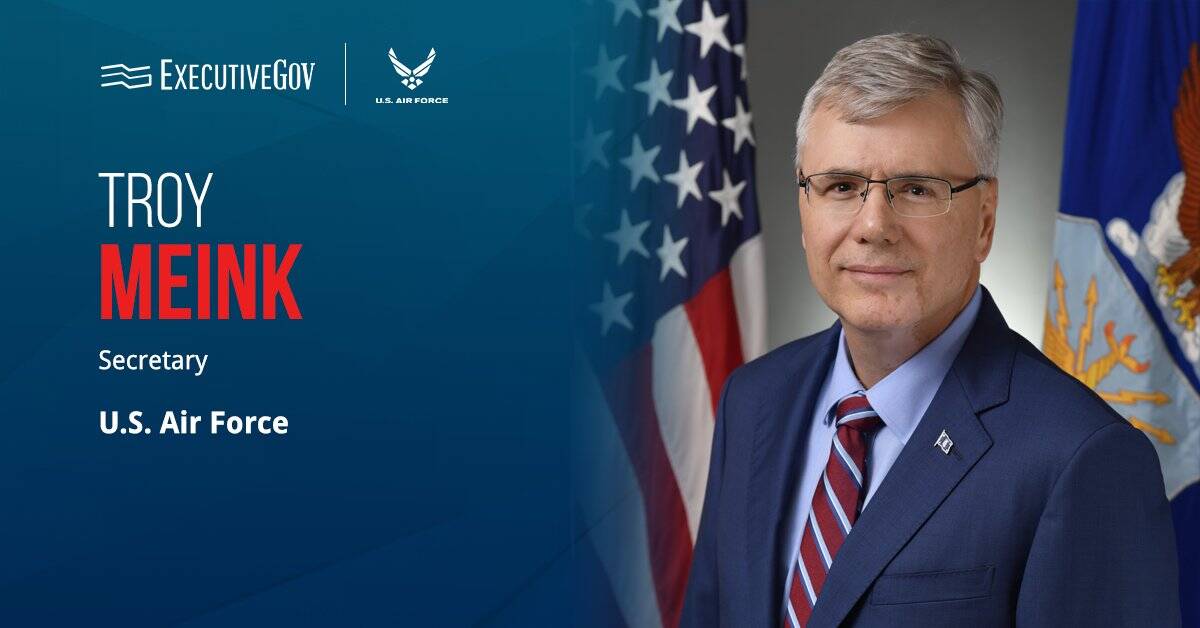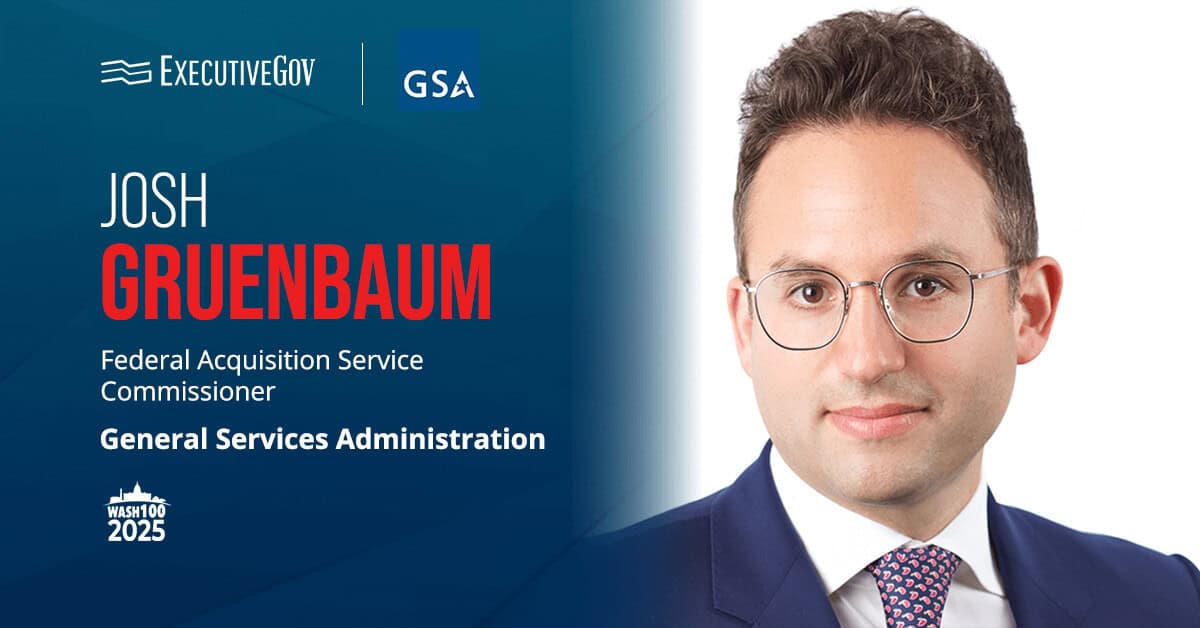Sethuraman Panchanathan has been confirmed to serve as director of the National Science Foundation (NSF).
“I’m glad Dr. Panchanathan’s confirmation was fast-tracked so he can begin work as soon as possible as the Director of the National Science Foundation," Frank Lucas, a ranking member at the Committee on Science, Space, and Technology, said in a statement published Thursday.
Prior to his appointment, Panchanathan held the roles of executive vice president for Knowledge Enterprise Development and chief research and innovation officer at Arizona State University. He also served at the National Science Board and is a member of the National Advisory Council on Innovation and Entrepreneurship.
Lucas said NSF has provided support and funding to research initiatives that will work to potentially treat, detect and mitigate COVID-19.





